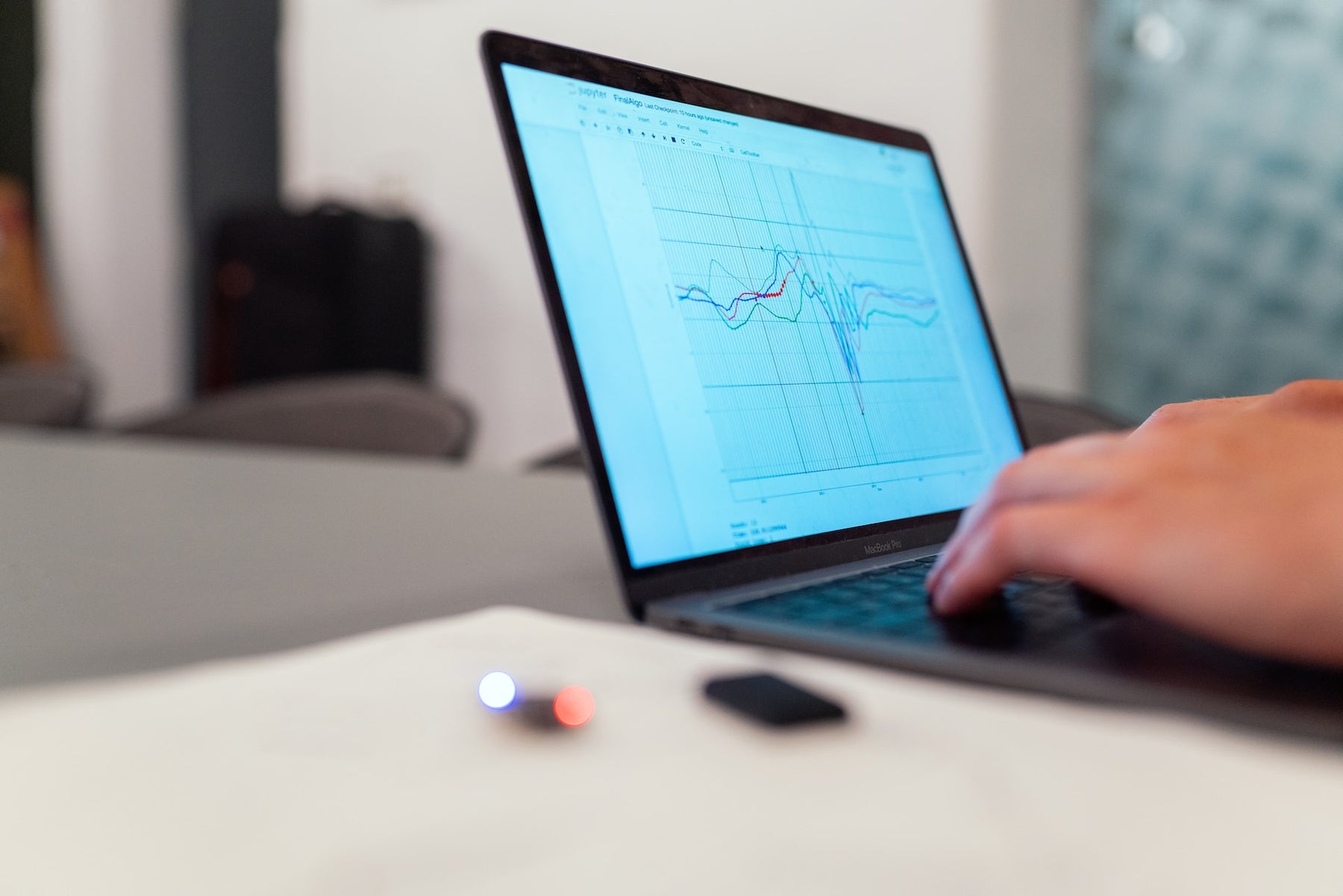(858) 224-9100

How to Create a Calibration Curve | Shimadzu Lab Solutions 📈
Hello, lab warriors! Today, we're diving into the world of calibration curves in Shimadzu Lab Solutions software. Whether you're a seasoned lab veteran or a curious newbie, by the end of this post, you'll be creating calibration curves like a pro. So, let's get started!
Step 1: Opening a Data File 📂
Our journey begins with opening a data file in the software. It's like opening a book to start a new adventure. Simple, but necessary.
Why it matters: This step is crucial because it sets the stage for our calibration curve creation. Without a data file, we'd be like a chef trying to cook without ingredients!
Step 2: Using the Wizard 🧙♂️
Next, we're using the wizard tool. No, not the kind with a pointy hat and a magic wand, but the one that helps us create a compound table and define peaks. It's like having a personal guide on our calibration curve journey.
Why it matters: The wizard tool makes our job easier by guiding us through the process. If we skip this step, we'd be like a tourist trying to navigate a foreign city without a map!
Step 3: Naming the Compounds 🏷️
Now, it's time to name our compounds. This step requires a bit of creativity. But don't worry, you've got this!
Why it matters: Naming the compounds helps us identify the peaks in our calibration curve. If we skip this step, we'd be like a parent trying to tell identical twins apart without any distinguishing features!
Step 4: Saving the Method 💾
We're halfway there! Now, we're saving the method for future use. It's like bookmarking a page in a book so we can easily find it later.
Why it matters: Saving the method allows us to use it again in the future. If we skip this step, we'd be like a chef trying to recreate a dish without a recipe!
Step 5: Creating the Calibration Curve 📈
We're on the home stretch now, folks! It's time to create the calibration curve. This step involves dragging in the calibration points in the browser. It's like connecting the dots to reveal a picture.
Why it matters: The calibration curve is the heart of our work. If we skip this step, we'd be like a musician trying to play a song without any sheet music!
Step 6: Setting the Level 🎚️
Congratulations, you've made it to the final step! We're setting the level of the calibration points to coincide with the concentrations. It's like tuning a guitar to make sure it hits the right notes.
Why it matters: Setting the level ensures our calibration curve accurately represents our data. If we skip this step, our calibration curve would be as off-key as a guitar that hasn't been tuned!
And there you have it, folks! You've successfully created a calibration curve in Shimadzu Lab Solutions software. Give yourself a pat on the back, you've earned it! 🎓🔬

Leave a comment